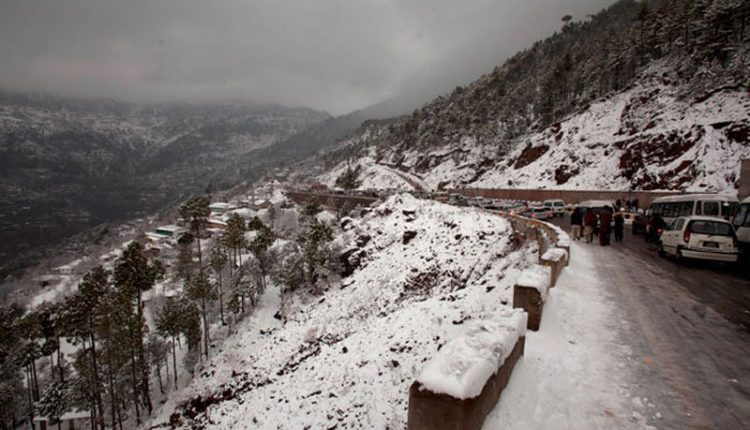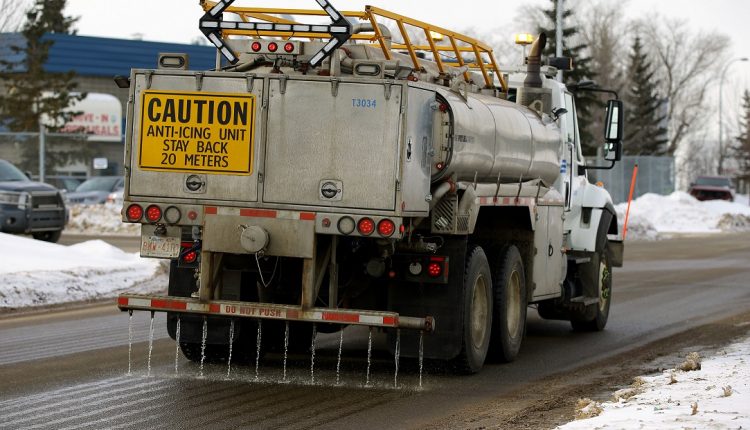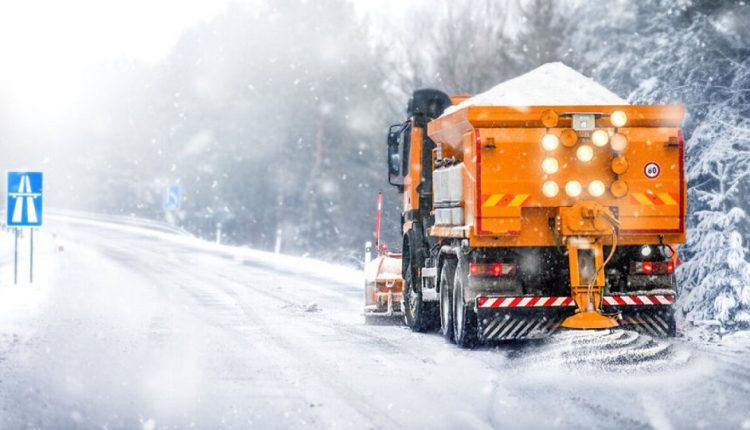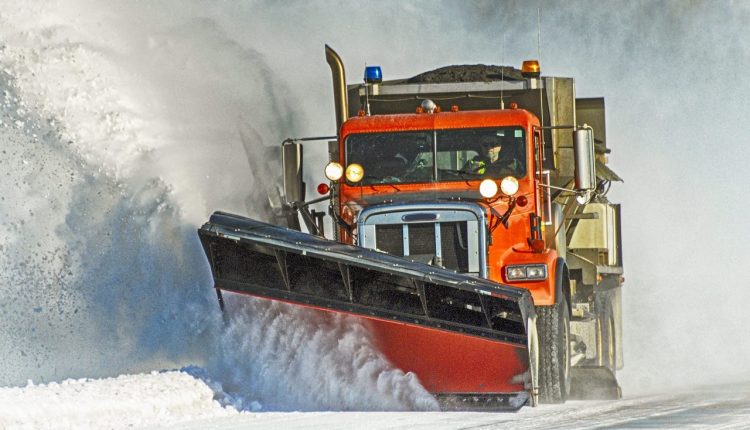Murree Tragedy – Missing Proactive & Reactive Approach
There had been a lot of talks and an ongoing discussion regarding the recent unfortunate events in our northern parts, specifically Murree and its surroundings. Everyone gave their opinion about the causes, reasons and positive recommendations to eliminate a repeat of any such events.
Almost everyone is talking about the capacity of roads and localities where people were stuck. It’s true that if you crowd up the space more than the capacity and capabilities, you will mess up the regular normal operation regardless of whether it’s a road, a community hall, a shopping mall or any other public space / public thoroughfare.
Learn from Developed Countries
Snow is a weather event, and it can disrupt everyday life, especially the free flow of traffic. It can also cause serious road accidents. In developed countries, the road maintenance/ department of transportation and highway in areas where snow is a regular event in winters have a full fledge snow removal crew and a very comprehensive plan, which they execute in case of snowstorms.
The aim is to make the roadways passable and safer for commuters. Europe, North America/ Canada and other Scandinavian countries are good examples. Obviously, as a driver and road user, it is also my responsibility to drive safe and follow specific rules. It shows such countries follow many countries observe proactive and reactive approaches to counter such incidents.
What is Missing in Pakistan?
Now let us discuss Pakistan concerning the recent calamity in Murree. I have been following many news items, social media posts regarding the incident. Many of us suggest controlling the public’s entry at a specific location, and it is the right approach. But I would like to talk about another most crucial issue and neglected point. We have no proactive and reactive approach to deal with weather conditions like snow.
Unfortunately, we see the same every year with flooding in various areas in our country during the rainy season. We always talk about it after any unfortunate event, never work towards the root causes and other approaches required before the event. Alas! We experience it again and again. Likewise, in case of snow, which blankets our northern mountains every year and most of the winters, we are missing a proper, efficient proactive and reactive approach, plan and infield guidelines and actions.
I am not an expert in snow removal from roadways, but I spent two winters working with the Department of Transportation for New York State and learned many new things. Dealing with snow on roads is a specialized field; it needs equipment and experts. This can be challenging, but it’s a matter of road safety, human life and investing in resources for an efficient working and up-to-date system is for sure a must.
And it is high time that the government of Pakistan must investigate the means and methods as followed in the overseas world and invest in its implementation as soon as possible. I will not go into all the technical details about snow removal because it is an extensive subject and has very detailed protocols. Still, I will briefly share some basic ideas which I think we are required in Pakistan. I think we are missing a proactive and reactive approach, and that’s why I kept that as the heading of my today’s post.
What Needs to be Done?
I believe, ware missing a lot of fundamental requirements as far as dealing with the snow on our roads. Our roadway department needs to sit with the weather department and collect all the historical data about snow, its accumulation, months of fall, and the extend of the roadway affected by it every season. We need a dedicated snow removal unit for our northern areas, especially areas of public interest and areas which are busy tourist spots. We need specialized snow removal equipment and ploughs concerning roadway size. It must be stationed at strategic locations in winter months, along the surveyed roads expected to get snow.
Besides equipment, authorities must have an ample stock of simple unrefined rock salt / Sodium Chloride [Pakistan have abundant reserves for it ]. Furthermore, there must be storage of Brine solution, a liquid solution of sodium chloride mixed in water. Both rock salt and brine solutions are essential deicing and anti-icing products used globally. There are many other chemical salts like Calcium and Magnesium Chloride, and even Beet juice- raw material from the sugar industry- which one can mix with chloride salts to make an efficient deicer or anti-icing agent.
Now let us discuss these two approaches in detail.
Proactive Approach
It means that the snow removal teams prepare themselves and roads before the snow event by pretreating the roadways. This includes spraying anti-icing on the roads before the snow. Rock salt can also be sprinkled on the roads before the snow, along with the brine solution.
The Anti-icing prevents the snow and ice from bonding with the roadway surface. It helps reduce the freezing point of the snow when it falls on the surface, resulting in the melting of the snow because of higher ambient temperatures. As the bond strength between the snow and roadway surface is reduced, it is much easier for snow ploughing blades to push and remove the snow off the roads.
Reactive Approach
It is a set of actions that starts at the time of snow. This means these are actions taken by the snow removal teams during the snow fall. This includes repeated snow ploughing so it does not accumulate on the road. The rate of snow ploughing greatly depends on the fall rate of snow. Besides continues removal of snow, rock salt and the brine solution are also sprinkled and sprayed to deice the falling snow.
Deicing helps melt the snow, keep it softer, and convert it into liquid, while continuous ploughing helps remove the slush and snow off the road. Sometimes regular sand can be mixed with rock salts and sprayed, and the purpose is to provide traction to vehicles. As we experience snow mostly in our mountainous ranges, the salt+ sand combination will be ideal for traction in turns, slopes and inclines.
Hope for the Next Time
With the above-mentioned approaches, a safer & adequate traffic flow is possible with a reduction in the probability of commuters getting stuck in the snow. I think we are neither proactive nor reactive in dealing with the snow. We let the snow accumulate and keep piling up on the roads, and only once the snow event is over, the snow removal work starts. This makes it time-consuming, difficult and increases the risks of accidents during snow fall. A well-executed plan, its implementation with proper working equipment, tools, and supplies can help achieve proactive and reactive actions.
I hope the Government of Pakistan and its concerned department will look into this matter and start working towards a world-class snow removal plan, especially after recent unfortunate events. We should keep in mind that reducing the entry of vehicles and allowing set numbers obviously will reduce the impact. Still, for a safer moving traffic flow, we need a dedicated unit working before the start of snow and clearing the roads during the snow even if there is a single motorist on the road because every single life matters.








Another great write-up Bhai Fazal however, I believe that most of the equipment is not only too expensive but also needs special care as well training to operate would for sure be required too. In simple words, a lot of money is needed for observing the procedure, which in Pakistan can only be observed in a dream, unless of course two gaping pits are covered. First, people avoid paying taxes. Second, a sizeable amount collected in taxes is losing to corruption. Therefore, together these bottlenecks are drinking to much and leaving very little for economic management in Pakistan.